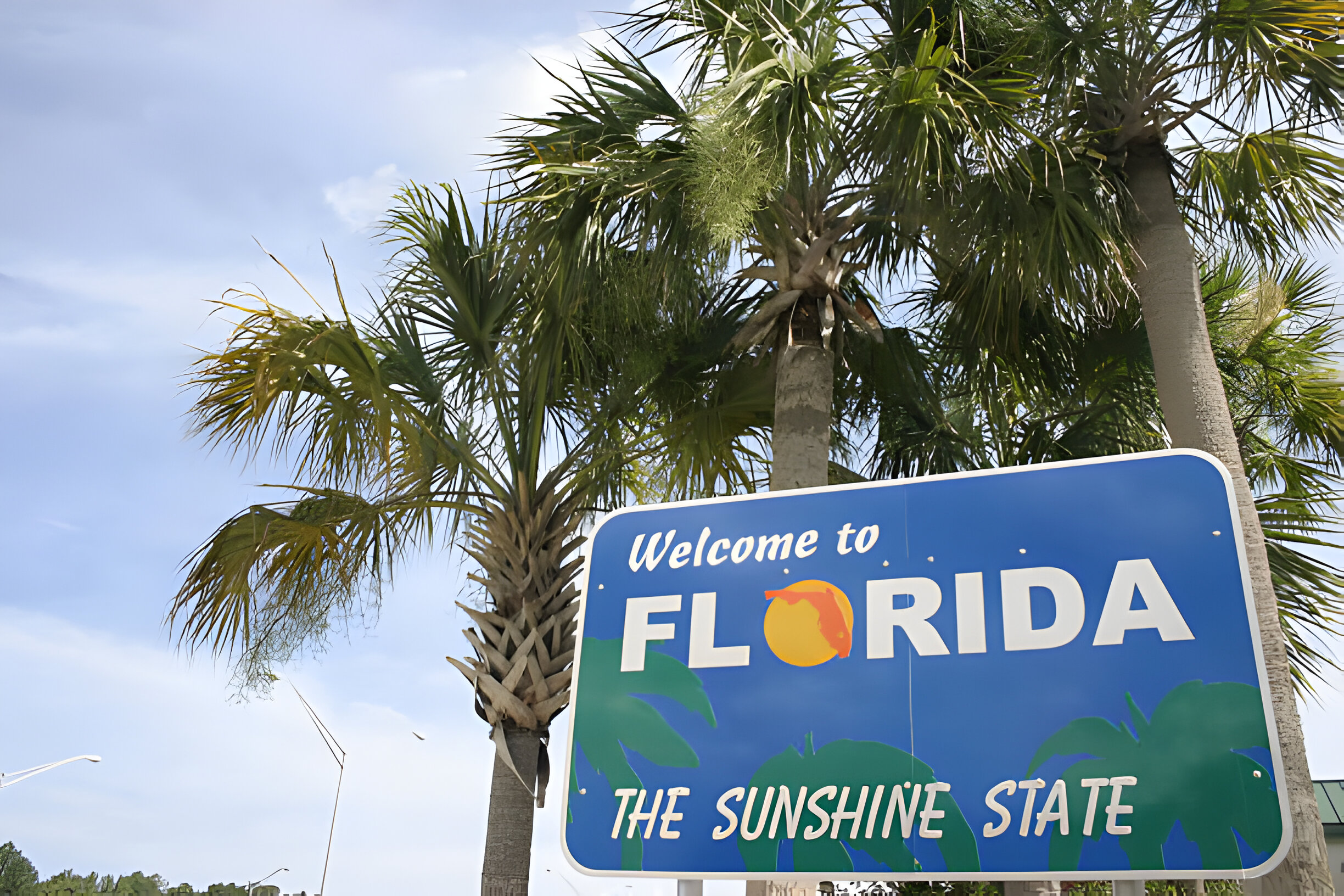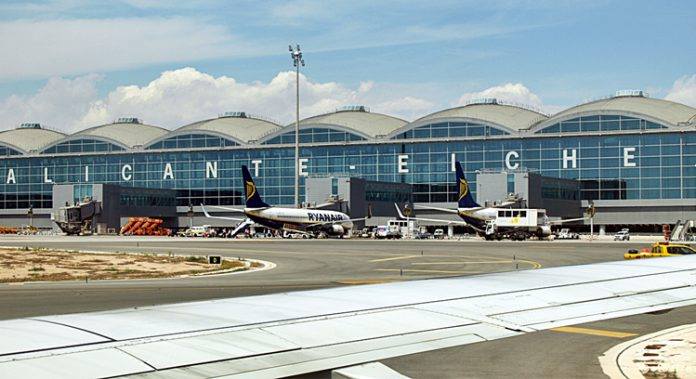Image Credit : Getty Image
In a region where the pulse of tourism beats strongest, the Central Florida Tourism Oversight District news holds a critical role in shaping the experiences of millions of visitors each year. Recent developments within this pivotal entity are drawing widespread attention, underscoring its significant influence on theme parks, central Florida concerts, and various facets of the local economy. The inherent value of keeping abreast with Central Florida Tourism Oversight District news cannot be overstated, as it directly impacts stakeholders ranging from small business owners to international tourists seeking unforgettable experiences in the Sunshine State.
This article delves into the latest updates surrounding the oversight district, providing readers with a comprehensive look into recent key events that have shaped its operations and policies. The ensuing discussion aims to offer a clear, insightful analysis of its current standing and the potential ramifications for one of the world’s most vibrant tourism destinations.
Overview of the Central Florida Tourism Oversight District
Description of the District
The Central Florida Tourism Oversight District (CFTOD), previously known as the Reedy Creek Improvement District, encompasses 39.06 square miles within Orange and Osceola counties in Florida. This special taxing district functions with comparable authority and responsibilities to those of a county government, managing a vast range of services and infrastructures critical to the operation and development of the Walt Disney World Resort.
Governance and Functional Role
Governance of the CFTOD is entrusted to a five-member Board of Supervisors, with each member appointed by the Governor of Florida and confirmed by the Florida Senate. These supervisors serve four-year terms and are eligible for up to three consecutive terms. Importantly, individuals employed by theme parks or entertainment companies within the last three years are ineligible to serve, ensuring a degree of separation between corporate interests and district governance.This restructuring coincided with significant agreements between The Walt Disney Company and the previous Reedy Creek Improvement District, effectively limiting the new board’s control over Disney properties to basic infrastructure and road maintenance. This development has sparked discussions about the balance of power within the district and its long-term impact on governance and regional development.
Recent Key Events
Approval of Development Deal with Disney
In a significant move, the Central Florida Tourism Oversight District (CFTOD) approved a $17 billion development plan for Walt Disney World in Orange County, Florida. This development agreement, unanimously passed on June 12, allows for various types of construction under the District’s comprehensive plan, including hotel, office, and theme park expansions.
Changes in Governance and Administration
The transition from the Reedy Creek Improvement District to CFTOD brought substantial changes in governance. A new board, appointed by Governor DeSantis, replaced the previous Disney-controlled board. This shift aimed to eliminate the perceived self-serving practices under the old governance, where Disney had significant control over district decisions. The new board has implemented policies to enhance transparency and local engagement, including the BUY LOCAL NOW procurement program, which has already funneled millions into the local economy.
Audit Findings and Impact
Governor DeSantis highlighted findings from the first comprehensive audit of the former Reedy Creek Improvement District, revealing decades of corporate-run governance that prioritized Disney’s interests over those of local businesses and taxpayers. The audit criticized past practices like unchecked development rights and lavish spending.
Future Plans and Expectations
Planned Infrastructure and Investments
The Central Florida Tourism Oversight District (CFTOD) has outlined significant future plans, focusing on substantial infrastructure and investment projects. Disney has committed to a $17 billion investment over the next 10 to 20 years, with $8 billion earmarked for the first decade. This funding will support various projects, including the construction of new facilities and technology enhancements. Key infrastructure projects slated for completion include the expansion of World Drive North and the widening of Western Way and Buena Vista Drive, aimed at improving traffic flow and accessibility.
Economic and Environmental Impact
The economic impact of these developments is expected to be profound, generating numerous jobs and boosting state and local revenues. Disney’s “Buy Local” initiative promises that at least 50% of project spending will support Florida-based businesses, fostering local economic growth. Additionally, Disney’s commitment to environmental stewardship is evident in their plans to donate land for public infrastructure, which will include necessary environmental mitigations to preserve Central Florida’s ecological landscape.
Governance Challenges and Prospects
Governance within the CFTOD will continue to evolve as the district navigates the complex interplay between corporate interests and public accountability. The recent restructuring of the board marks a shift towards a governance model that promises greater transparency and local community engagement. However, the balance of power and the board’s ability to manage both the economic aspirations and the environmental responsibilities of the district remain areas of keen interest and potential challenge.
Conclusion
Through a detailed examination, it is evident that the transition within the Central Florida Tourism Oversight District marks a significant turning point in managing the region’s economic and environmental future. The article has highlighted the district’s critical role in balancing corporate interests with public accountability, underscoring its effect on local economies, infrastructural development, and theme park expansions.
As the Central Florida Tourism Oversight District moves forward with its ambitious plans, the implications for the local community, businesses, and the environment are considerable. The commitment to substantial investments, governance reforms, and community-oriented initiatives presents an optimistic outlook for sustainable growth and development in one of the world’s most beloved tourism destinations.
1. How is the Central Florida Tourism Oversight District financed?
The Central Florida Tourism Oversight District operates on a fiscal year from October 1st to September 30th. It finances its operations, services, and capital improvements through taxes and fees charged to landowners and lessees within the district.
2. What are the current tourism projections for Florida?
According to VISIT FLORIDA’s first-quarter estimates for 2024, domestic visitation reached 37.2 million, marking a slight increase of 0.2% from the first quarter of 2023. The preliminary distribution between air and non-air travel for domestic, non-resident visitors stands at 38.2% and 61.8%, respectively. Overseas visitation saw a significant rise, reaching 2.1 million, which is an 18.4% increase from the first quarter of 2023.
3. What is the new name for Reedy Creek?
Reedy Creek is now known as the Central Florida Tourism Oversight District (CFTOD).
4. Who is the principal owner of the land in the Reedy Creek Improvement District?
The Reedy Creek Improvement District, which spans nearly 25,000 acres across Osceola and Orange counties, is primarily owned by the Walt Disney World Company, as stated in the 92-page law governing the district.




